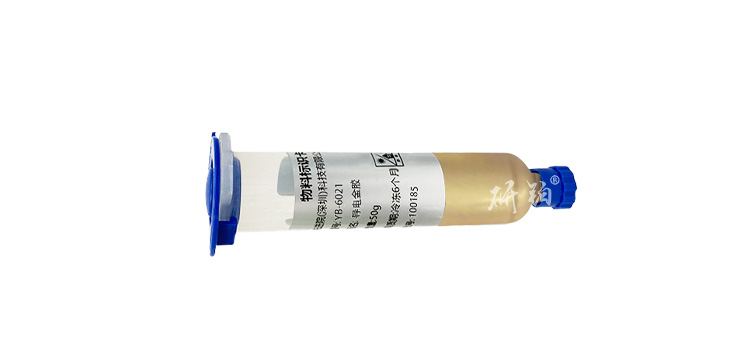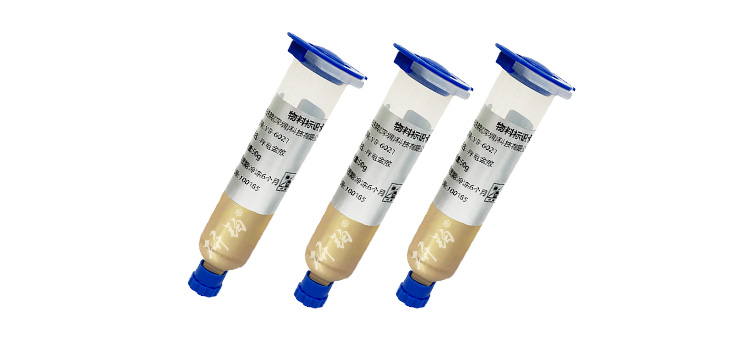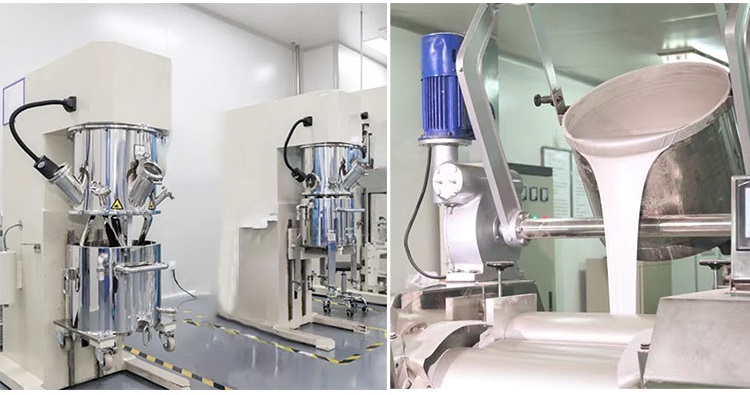Conductive gold adhesive is a high-performance conductive adhesive designed specifically for electronic and semiconductor packaging. It is made up of high-purity gold powder and resin matrix (such as epoxy resin, organic silicon resin, etc.) and other additives precisely proportioned, which can form a stable conductive path inside electronic devices, ensuring signal transmission and current flow.

Product characteristics
- High conductivity: Gold itself has excellent conductivity, and conductive gold paste can ensure low resistivity and high conductivity, meeting the needs of high-performance electronic devices.
- Excellent adhesion performance: The resin matrix has good adhesion performance and can firmly bond various substrates such as metals, ceramics, glass, etc., ensuring the stability and reliability of conductive connections.
- High temperature resistance: Conductive gold adhesives usually have excellent high temperature resistance and can maintain stable conductivity and adhesive strength in high temperature environments.
- Good processability: Conductive gold adhesive has good fluidity, thixotropy, and operability, suitable for various packaging and bonding processes such as dispensing, screen printing, etc., making it easy to integrate into automated production lines.
- Chemical stability: Gold has extremely high chemical stability and is not easily oxidized or corroded, ensuring that the conductive gold adhesive maintains stable performance over long periods of use.
- Low temperature curing: Some conductive gold adhesive products can be quickly cured at lower temperatures to avoid thermal damage to electronic components caused by high temperatures and improve production efficiency.

application area
- Semiconductor packaging:
- Chip packaging: used to connect chips with substrates, pins, and other components to ensure efficient transmission of electronic signals.
- Wafer bonding: a bonding process used for semiconductor wafers to ensure good electrical connections between them.
- Microelectronics manufacturing:
- MEMS (Micro Electro Mechanical Systems): Used to connect various components of microelectromechanical systems, ensuring signal transmission and current flow.
- Micro sensors: used for conductive connections in sensors to ensure high-precision signal transmission.
- Optical components:
- Fiber optic connector: used to connect optical fibers with electronic devices, ensuring the stability and reliability of signal transmission.
- Laser and detector: used to connect the conductive components in the laser and detector to ensure efficient working performance.
- Other electronic components:
- Integrated Circuit (IC): Used to connect various components in an integrated circuit, ensuring efficient and stable signal transmission.
- Flexible circuit board: used for conductive connections in flexible circuit boards to improve the reliability of the circuit board.
workshop show










